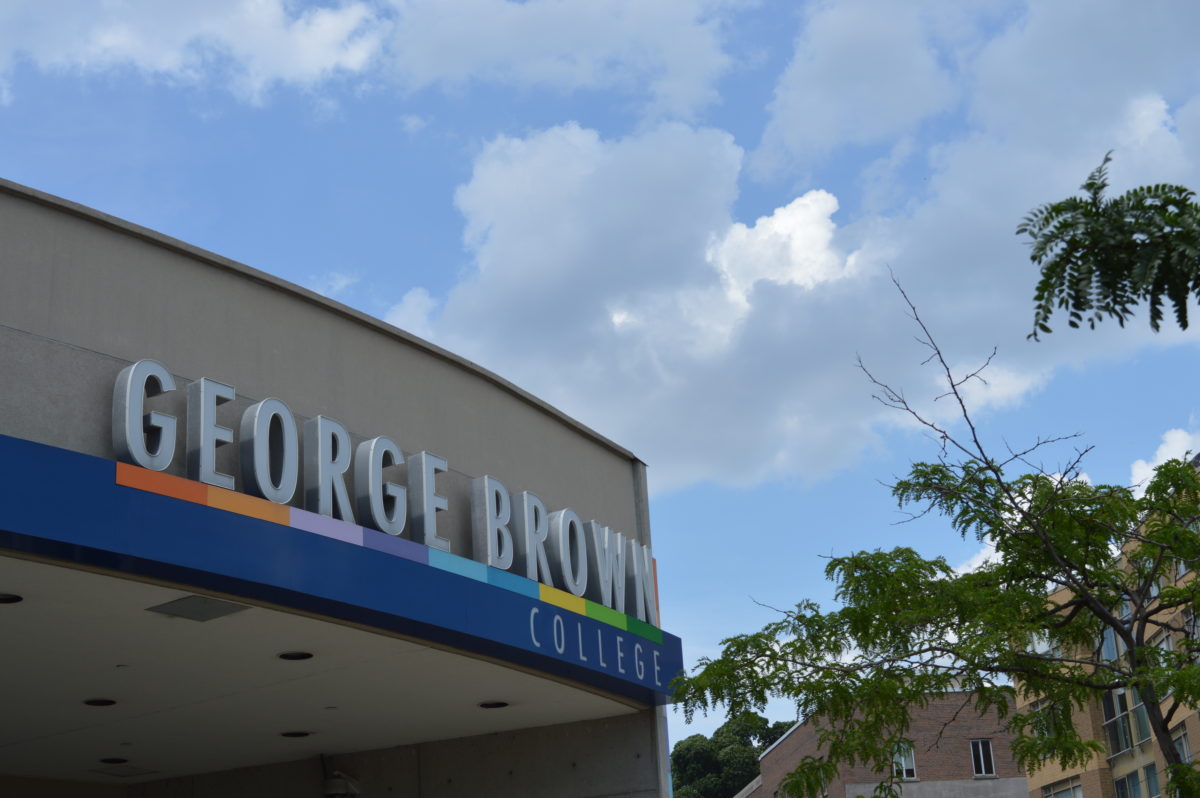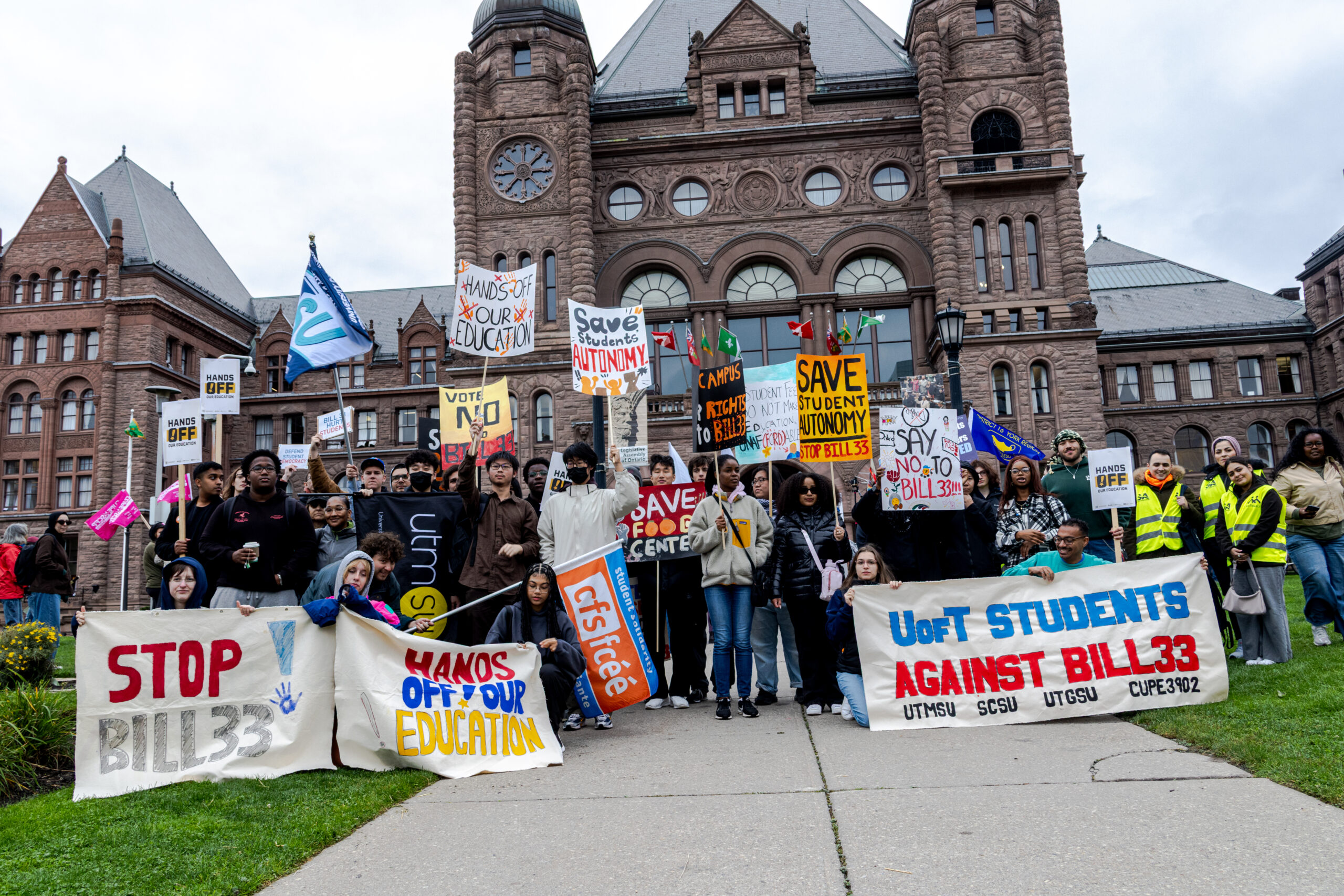A major determining factor behind GBC’s decision to postpone its return to in-person learning was based on the viewpoint that it could disrupt the current status quo to which students have become accustomed.
Despite engaging in remote learning for almost two years now, the GBC student community still has limited information available to them regarding key metrics that inform the college’s decision-making on which mode of learning to follow when.
The Dialog conducted an exclusive interview with Dr. Chris McGrath, GBC’s vice-president of Student Success, in order to gain more clarity on these factors.
“For us, largely speaking, the variable in our decision around the rest of the winter semester was to not disrupt the pace of life and pace of learning of our students and employees,” said McGrath.
The latest reports released by the office of the chief medical officer of health of Ontario indicate that the province is considering accelerating timelines for reopening and lifting mandates regarding vaccine passports.
However, even if the government relaxes COVID measures sooner rather than later, GBC will stick to predominantly online classes for the rest of the winter semester according to McGrath.
“At the end of the fall semester, we had to make a very quick change regarding our delivery mode, and that’s disruptive to people,” he said.
“Colleges and universities have their own discretion and leeway within the parameters set by the provincial and municipal governments to make the decision that is going to meet the needs of their community the best.”
“Now, as we are receiving a pathway to reopening from the provincial government, we can start thinking about the types of things we need to do on a more measured and gradual basis, so that the return to campus is a positive experience for people as opposed to one where they feel like it’s another quick pivot.”
As of February 10, 75 per cent of GBC students enrolled in the winter semester have provided their proof of vaccination and McGrath suggested that the actual number of fully vaccinated students is likely higher.
McGrath said that there is no one-size-fits-all approach when it comes to their process of choosing between online, in-person or hybrid options of learning.
“Every college or university is going to have its own set of indicators,” McGrath said.
Decisions are informed by indicators at three different levels.
The first two tiers of consideration are based on the directives and indicators at the provincial and municipal government levels, McGrath said. The third layer of consideration is based on circumstances at the college level.
The college utilizes the same indicators that the province uses, which are informed by the directives from the office of chief medical officer of health. The data on infection, hospitalization and vaccination rates are some of the metrics that inform directives from the provincial and municipal government levels.
McGrath also mentioned that there are criteria specific to GBC that college authorities have to take into consideration as well.
One such variable was the fire at 200 King Street for example, which led to the displaced classes in the Centre for Business programs to the Casa Loma campus.
As there are usually fewer students who enroll during the spring/summer semester, McGrath believes that it may be comparatively easier to transition to in-person learning in the following semester instead.
“We are hopeful for a return to in-person learning in Spring/Summer. We have posted the delivery mode by program for Spring/Summer 2022 on the college’s website. However, the majority of the programs currently show that they are going to be delivered in a hybrid mode,” McGrath said.


